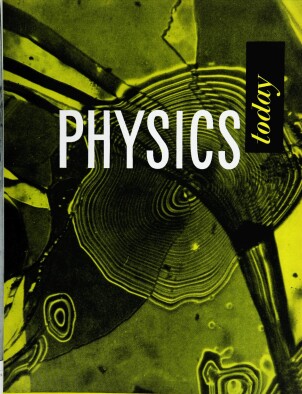The Applied Physics Laboratory Research Center
DOI: 10.1063/1.3067478
The atomic bomb, the proximity fuze, and radar frequently have been cited as representing the three most outstanding advances in military science made by the U.S. during World War II. All, of course, are dramatic examples of so‐called “practical” developments that would have been impossible without extensive prior fundamental scientific investigation carried out on an open‐ended time scale in a research‐for‐its‐own‐sake environment. It is appropriate that the laboratory chiefly responsible for the wartime development of one member of the above triad should now be pioneering in the integration of applied and fundamental research within a single organization in a manner designed to produce optimum effectiveness for both. The establishment referred to is the Applied Physics Laboratory of The Johns Hopkins University, where the proximity fuze was developed. This laboratory, located in Silver Spring, Maryland, operates under a contract between the Bureau of Ordnance, U.S. Navy, and the University and for the past several years has been engaged principally in a guided‐missile research and development program. An indication of its progress in this field is given by the fact that late in 1951 ground was broken in Pomona, California, for the construction for the Bureau of Ordnance of a multimillion dollar plant in which an APL‐developed guided missile will be manufactured. The present discussion, however, is concerned only indirectly with the applied research and development to which most of APL’s efforts are devoted. This article deals instead with the organization of and the thinking behind a particular division of the Laboratory called the Research Center.
This article is only available in PDF format
More about the Authors
Dwight E. Gray. Library of Congress, Washington, D.C..




